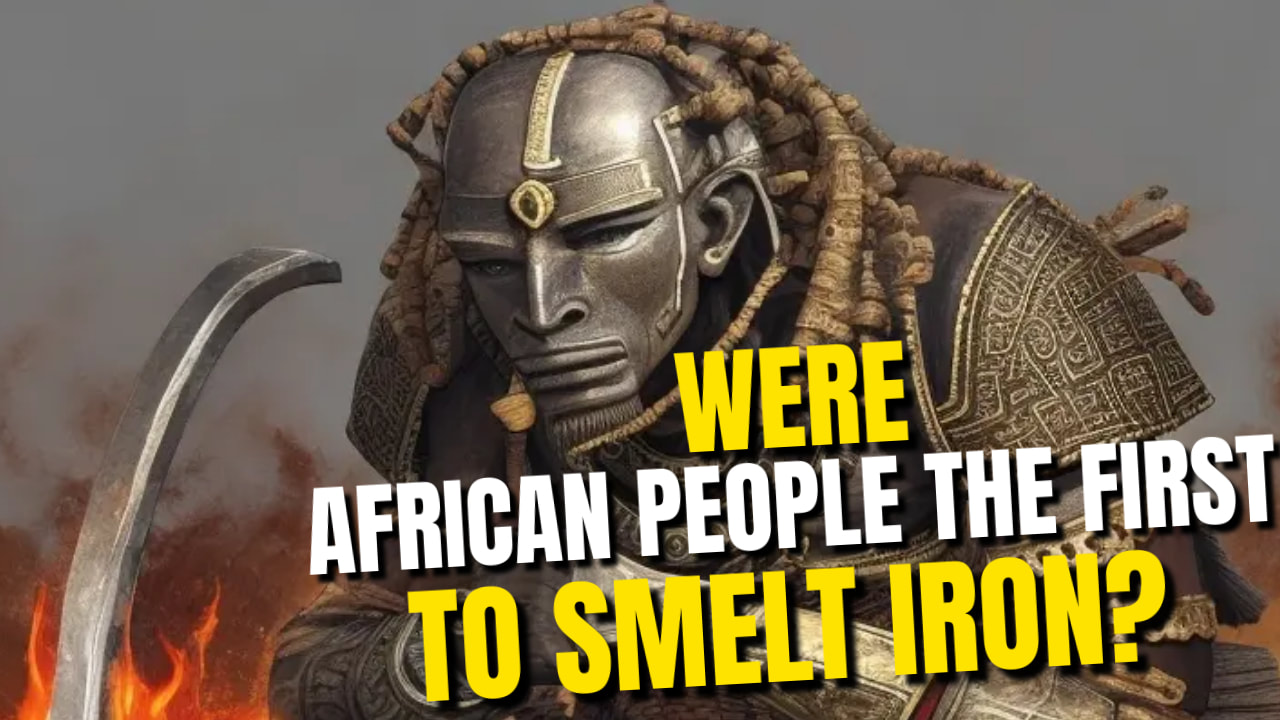|
The history of iron and metallurgy in Africa is a fascinating journey that spans millennia and encompasses diverse cultures and civilizations. While specific dates can be challenging to pin down precisely, archaeological evidence provides a compelling narrative of the development of ironworking on the continent. Early Iron Age (approximately 3000 BCE - 500 BCE): - The advent of ironworking in Africa is generally associated with the transition from the Late Stone Age to the Early Iron Age, occurring around 3000 BCE. - In regions such as the Sahara, the ancient kingdom of Nok (in present-day Nigeria) witnessed early experimentation with iron smelting and forging. Kingdom of Meroe (circa 800 BCE - 350 CE): - The Kingdom of Meroe, located in present-day Sudan, emerged as a center of iron production and trade. - Skilled metalworkers in Meroe utilized locally available iron ore to create tools, weapons, and ceremonial objects. Bantu Migrations (circa 1000 BCE - 1500 CE): - The Bantu migrations, a significant demographic movement across sub-Saharan Africa, played a crucial role in the spread of ironworking techniques. - Bantu-speaking communities, equipped with iron tools, cultivated land more efficiently, contributing to the expansion of agriculture and the establishment of new settlements. Axumite Empire (circa 100 CE - 940 CE): - The Axumite Empire, centered in present-day Ethiopia, was a hub of trade and cultural exchange. - Axumites engaged in ironworking, producing tools and weaponry that contributed to their military and economic prowess. Great Zimbabwe (circa 1100 CE - 1450 CE): - The city of Great Zimbabwe, located in southeastern Africa, demonstrated advanced metallurgical skills. - Skilled artisans in Great Zimbabwe crafted iron tools and ornaments, and their achievements were reflected in the construction of monumental stone structures. West African Empires (circa 700 CE - 1600 CE): - The empires of Ghana, Mali, and Songhai in West Africa were centers of wealth and learning. - The trans-Saharan trade routes facilitated the exchange of goods, including iron products, enhancing the metallurgical knowledge of the region. Swahili Coast (circa 800 CE - 1500 CE): - Coastal cities along the Swahili Coast, such as Kilwa and Sofala, engaged in maritime trade and cultural exchange. - Ironworking played a role in the production of tools and artifacts for both local use and export. Colonial Era (late 19th century): - European colonial powers introduced new technologies but often disrupted traditional ironworking practices. - The extraction of mineral resources during the colonial period had a lasting impact on the indigenous metallurgical traditions. The development of iron and metallurgy in Africa is a testament to the ingenuity of its diverse cultures. The timeline showcases the continent's rich history, where the alchemy of fire and earth shaped not only tools but also the destiny of civilizations across time.
0 Comments
Leave a Reply. |
Details
Categories
All
Click Here to join our mailing list
|
Contact Us: |
Connect With Us |
Site powered by PIT Web Design


 RSS Feed
RSS Feed



